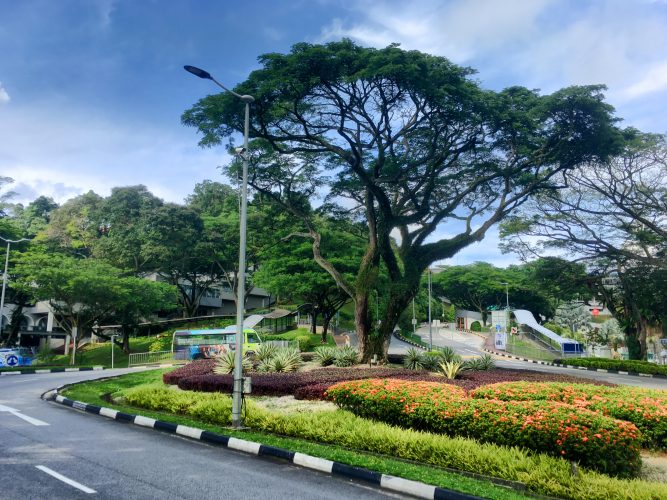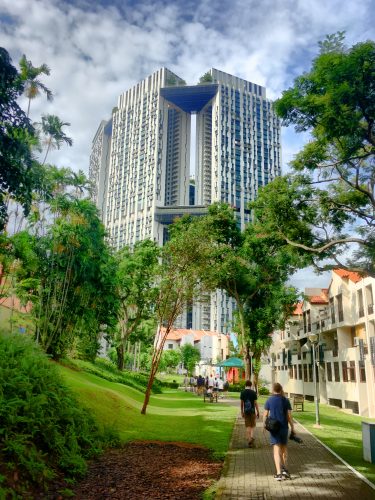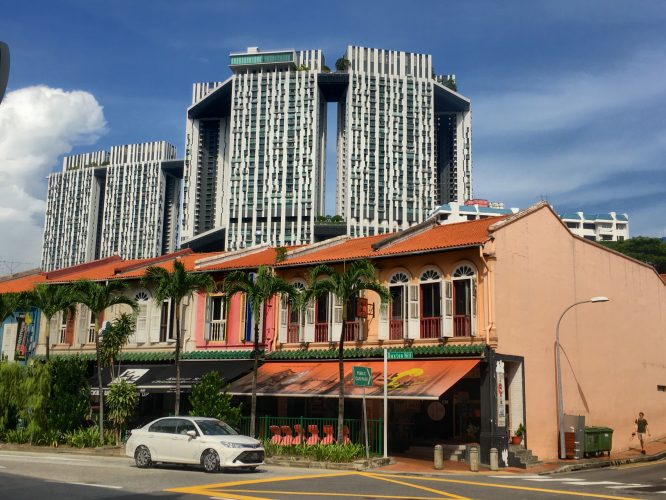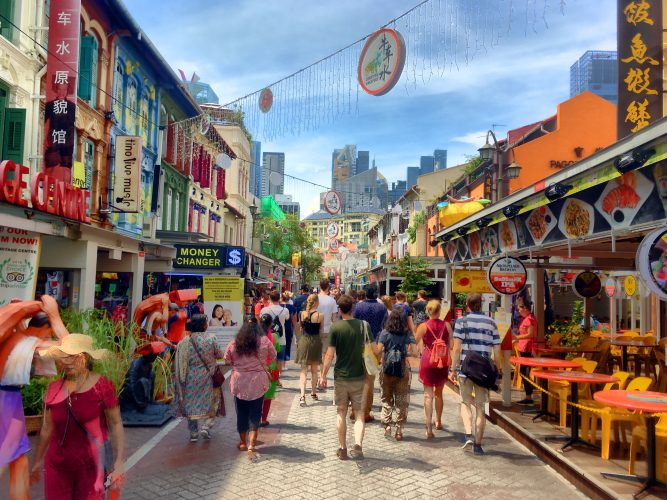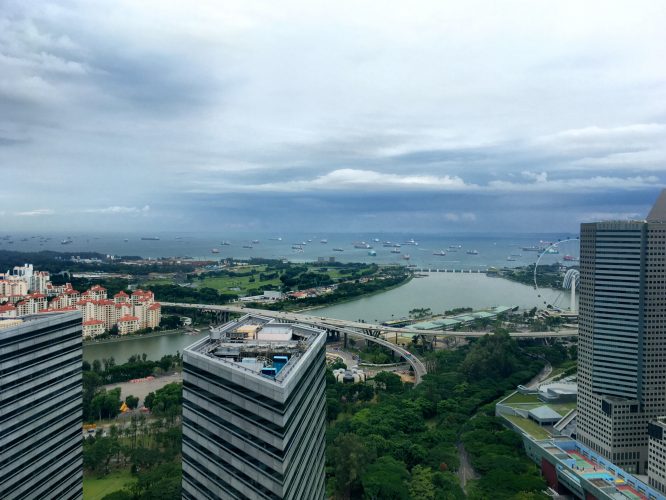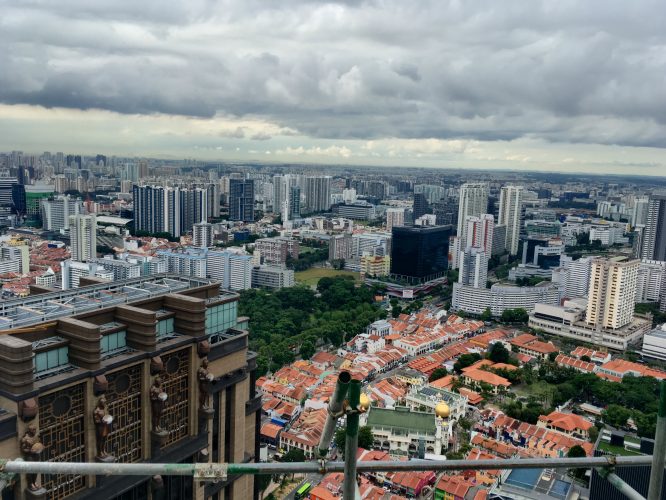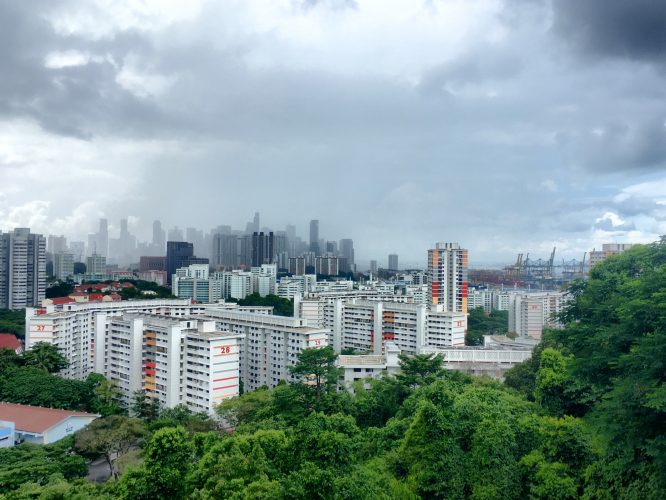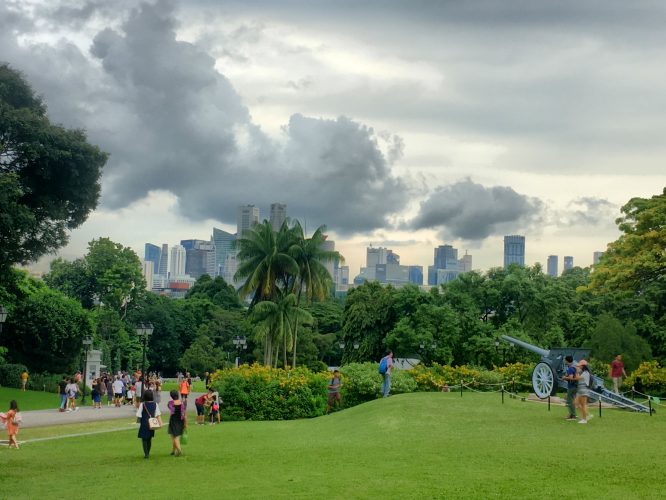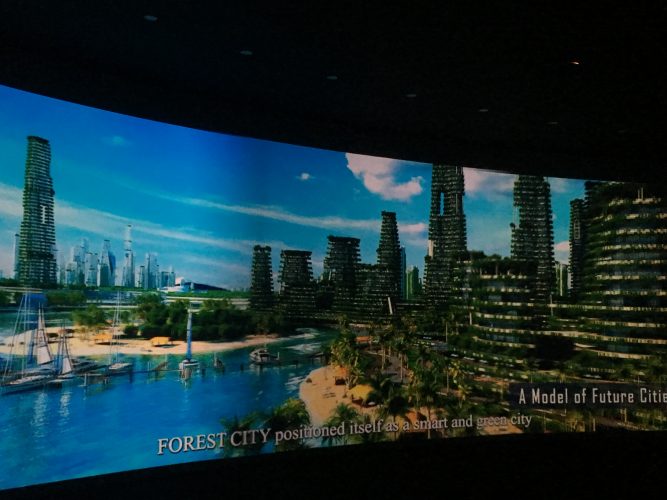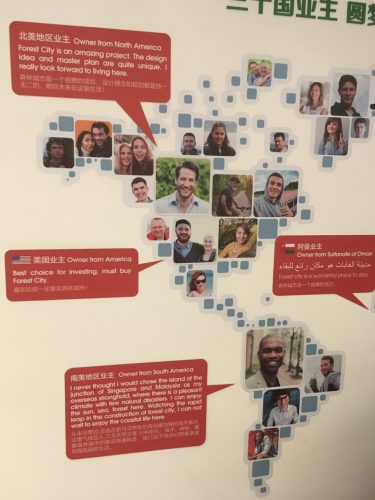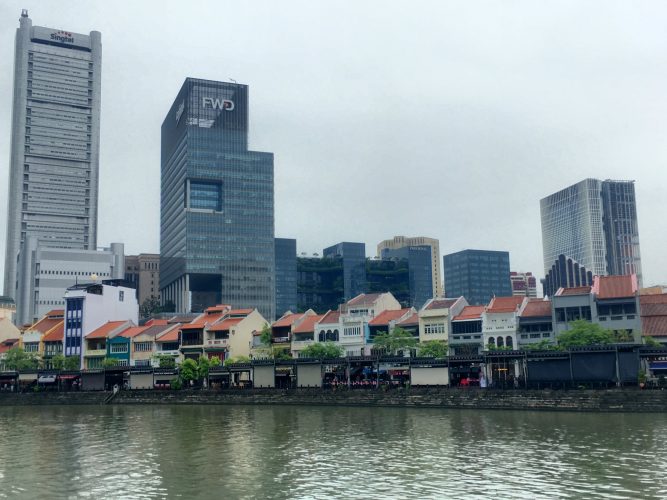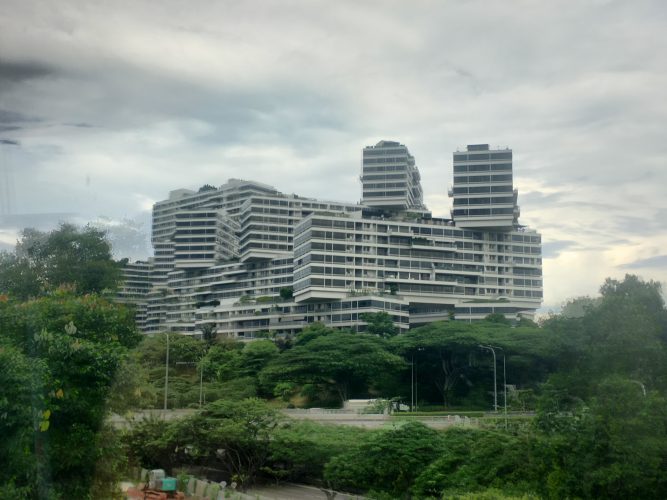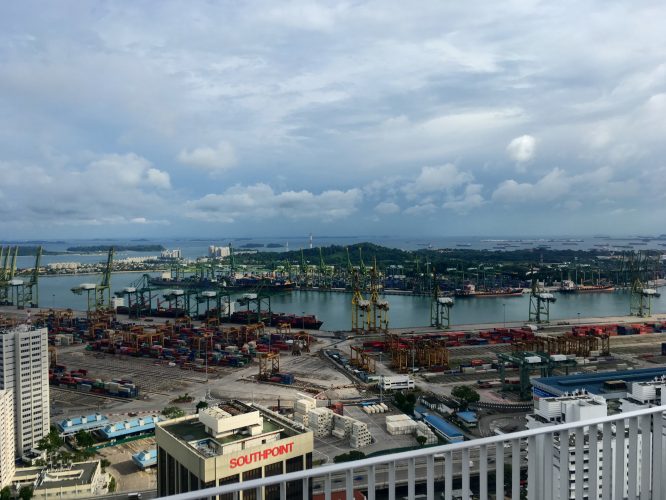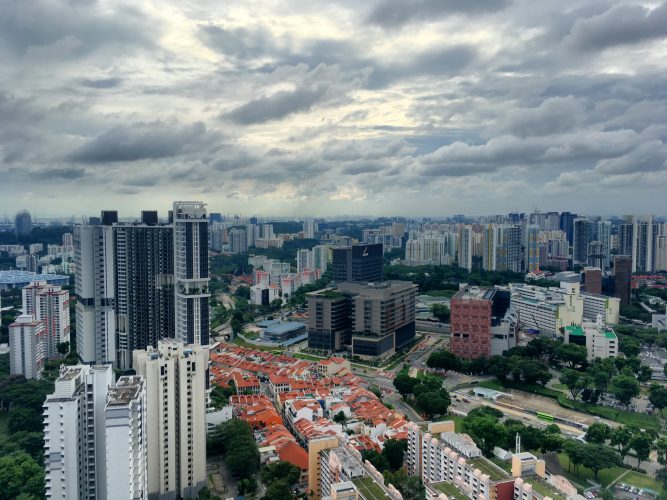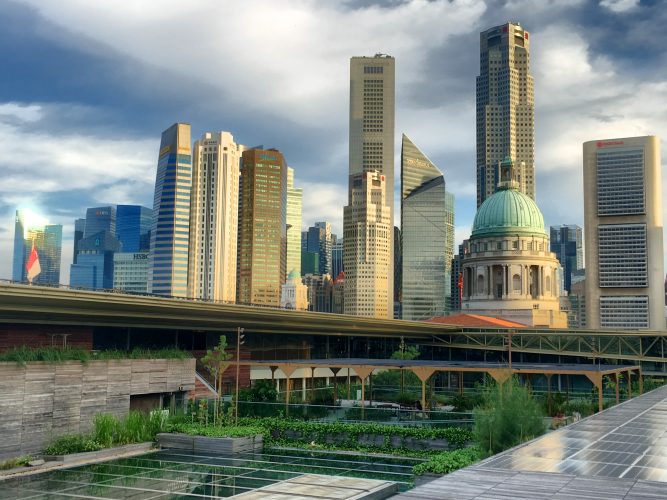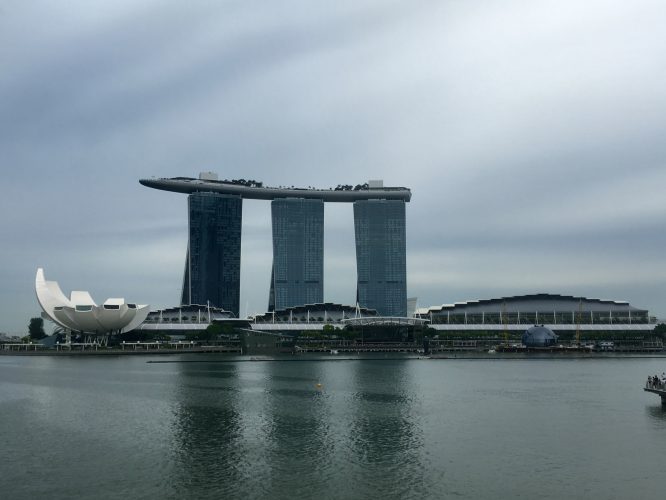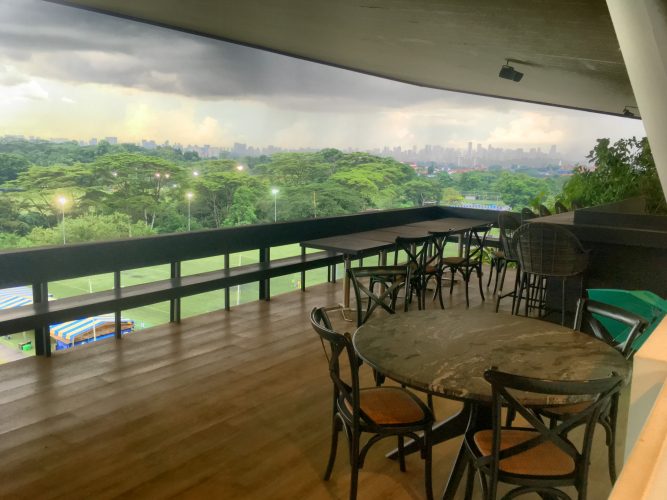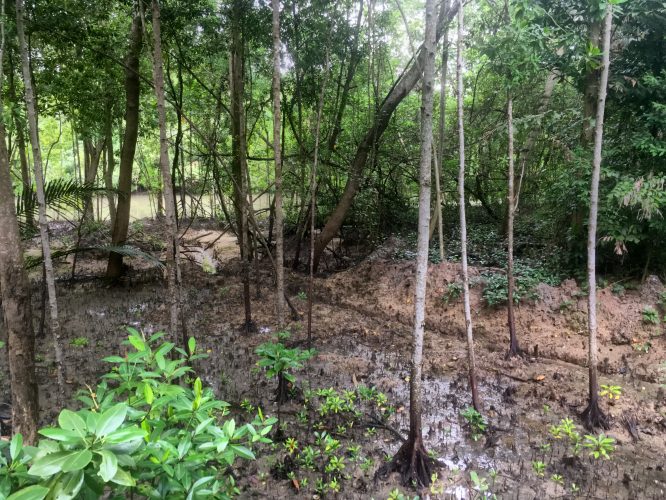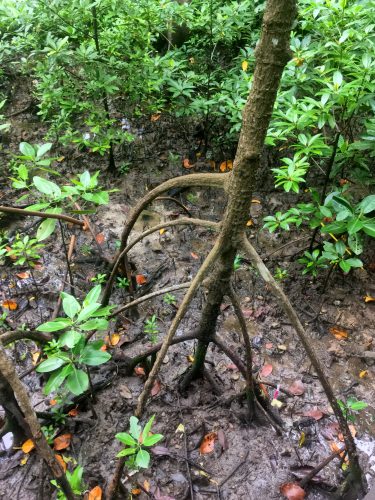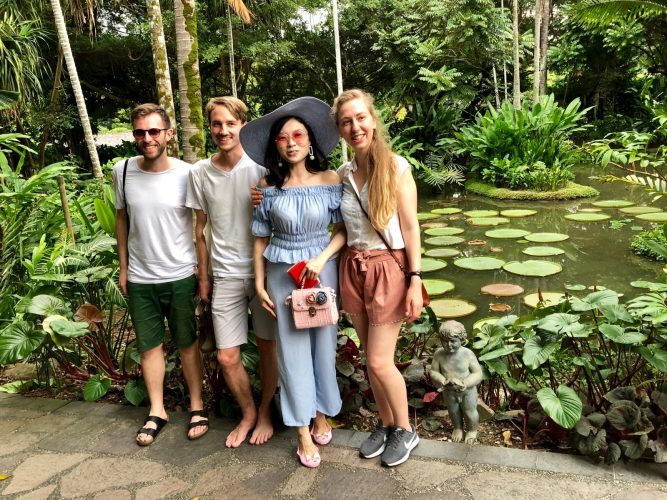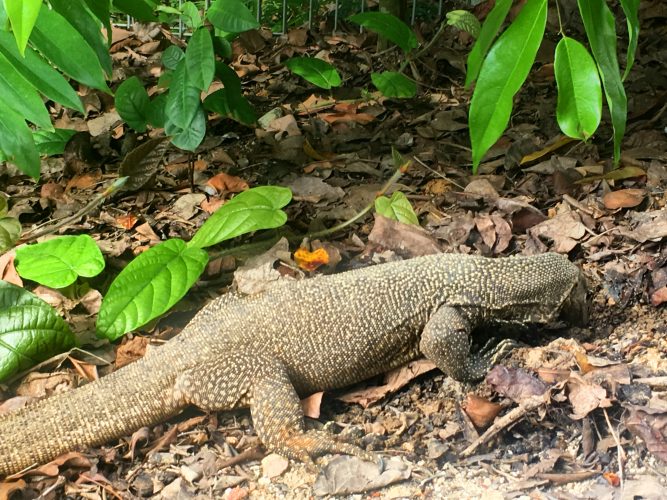Singapore
Have spontaneous fun
July 02, 2019

»They think there will be no crime.
We think there can be no pleasure.«
Rem Koolhaas
Absolute Control
In 1995, the architect Rem Koolhaas writes “Singapore Songlines”, analyzing the past 30 years of urban development in Singapore. It ends up being a devastating critique of the government’s development policies, as a result of which “history had been almost completely erased”. When I read this text a few days after arriving to Singapore, it expressed almost exactly how I felt. When I left the country three weeks later, I was not so sure anymore what to think about Singapore.
After British colonial rule, a short, but traumatic period of Japanese occupation during World War II and a few years as part of the independent Malaysian federation, Singapore became formally independent in 1965. Interestingly, it was one of few countries in history which became independent against its own will. As Singapore had refused to extend constitutional privileges to Malays on its territory, riots broke out in 1964. To maintain peace, the Malaysian parliament decided to expel Singapore from the federation.
When Singapore became independent, it belonged to the “third world”. One generation later, it had made its way into the “first”. Today, Singapore has the third highest GDP per capita in the world. How is this possible? There is certainly not one single answer to this question, but rather different elements. Singapore’s geopolitical location on one of the main trade routes between East Asia and Europe gives it a strategic advantage. In the early years, the government took the right economic decisions, rapidly advancing Singapore’s industrialization and protecting domestic industries. In my opinion, however, a very central element of this success story is Singapore’s size. At around 730 km², Singapore is smaller than Berlin, but has around 5.6 million inhabitants. While this small size brings about several disadvantages, it also enables the government to exercise quasi-absolute control.
The most visible form of control is Singapore’s reputation as a “fine city”. Drinking in the metro? 500 S$. Crossing the street close to a traffic light? 1000 S$. Dealing with drugs? Death penalty. Interestingly enough, you almost never encounter police on the streets. Apparently, the idea is that the threat of draconic penalties is enough to discipline people. And it works. No one litters. No one drinks in the metro. Singapore is the third-least corrupt country in the world. Overall, Singapore is probably the best organized city of its size. This high level of organization and stability, in turn, makes Singapore extremely attractive for international corporations when it comes to doing business in South-East Asia. And again, this high level of control is probably only possible due to the small size of the country.
But what’s the price of this? The price is a massive restriction of several civil liberties, such as freedom of press (Singapore ranks 151 out of 180 countries in the World Press Freedom Index), freedom of expression (in 2015, a 16-year old blogger was jailed for insulting the nation’s founding father Lee Kuan Yew) or freedom of assembly (virtually all public assemblies require highly restrictive police permits). Further, Singapore’s stability is built on extreme inequality. Among high-income countries, Singapore ranks as the second most unequal country. Singapore has the world’s highest percentage of millionaires, with one out of every six households having at least one million US dollars in disposable wealth. At the same time, around 40% of the city’s population are domestic workers who are often marginalized and don’t appear in many official statistics.
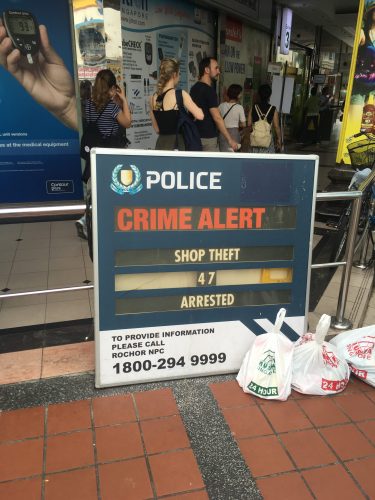
Garden City
Singapore markets itself as the “Garden City”. Indeed, one of the first things I observed after leaving the airport was how green the city is. There are trees along almost every street, parks and park connectors running through the city, green on the roofs and green on the walls of many buildings. Green everywhere. Also here, however, the notion of control becomes evident when looking beyond the surface: A garden is not the same as nature. A garden is a controlled form of nature. In Singapore, the government does not only control where green is allowed to exist. It even goes so far to control up to the last detail which species of plants and animals are allowed to exist within the country. For instance, two monkey species have been deliberately extinct on the island in the past.
The ultimate form of controlling nature is Singapore’s program of land reclamation. Every time we visited a government agency, the lecture started with the same mantra-like phrase: „You know, Singapore is a very small country. Who knows, how many square kilometers does Singapore have?” The small size of the country is an important narrative for the government, which it makes use of to justify its extensive land reclamations. In 1959, Singapore’s land area was 581 km². Today, it is around 730 km². This equals a growth of 25% in 60 years, equivalent to adding more than the territory of Bavaria to Germany. Every single square kilometer is taken from the sea by filling it up with sand. Initially, this sand came from neighboring Malaysia and Indonesia. Soon, both countries refused to deliver sand to Singapore, both for geopolitical considerations and due to the massive environmental harm that is caused by sand dredging. This did obviously not stop Singapore. It simply moved on. Currently, its main source of sand is Cambodia.
This highlights that Singapore, having no hinterland of its own, is highly dependent on its neighboring countries. The only resource that Singapore has abundantly is labor. When it comes to natural resources, most is imported. For instance, only 10% of the consumed food is grown within Singapore. More critically, part of Singapore’s drinking water comes from Malaysia. Given the existing tensions between the two countries, Singapore has a very strong incentive to find alternative sources of freshwater. It invests heavily into desalination of sea water, re-use of wastewater as well as research and development, making Singapore one of the globally leading places for water-related research. As wages in Indonesia and Malaysia are many times lower than in Singapore, the three countries tried to leverage this economic complementarity: Singapore provides capital, Malaysia and Indonesia provide land and cheap labor. This constellation was termed the “Growth Triangle” already in the 1990s.
Recently, Singapore has come under pressure from another side: In the context of its Belt and Road Initiative, China tries to get hold of the important trade route passing Singapore. To that end, it has acquired land rights from Malaysia directly after the border to Singapore. Starting from there, China starts its own land reclamation program with the goal of building an entire mega city in what is currently still ocean, just two kilometers off the coast of Singapore. In reference to Singapore’s “Garden City”, this project is called “Forest City”. The first part of the city has already been finished. During the first week of the summer school, we visited it, pretending to be a group of young Swiss investors who are interested in the project. In Forest City, we met the salesman Daniel, who tried for one hour his best to promote the advantages of the project to us: No air pollution, pleasant climate year-round, little traffic and last, but not least: extreme proximity to Singapore. Overall, it was an interesting, but highly bizarre visit: Imagine an entire city of high-rises, standing on ground that hasn’t been there a few years back, with almost no people around, and in the center you have a giant hall where a smooth Chinese salesman tries to sell a project the success of which is highly uncertain. But apparently, he managed to convince a lot of other people: Almost all of the currently built apartments are already sold, mostly to Chinese families. If anyone is interested in an investment opportunity: The cheapest apartments are sold for around 50.000 €… http://forestcityjohor.com/
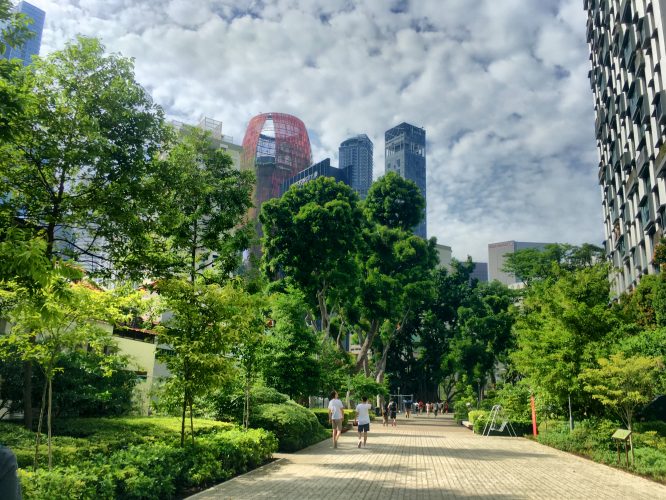
Imposed Social Cohesion
Another distinctive feature of Singapore is its cultural diversity and the way the government deals with it. The cultural mix is commonly referred to as “CMIO” – Chinese, Malay, Indian and Other (74/13/9/4%). This composition has historical reasons and the government tries to keep it unchanged. As Singapore has an extremely meritocratic society (those who work hard will make it to the top), having children is not attractive anymore to young Singaporeans. As a result, Singapore has the lowest birth rate in the world (total fertility rate of 1.2 in 2016). This leads to a rapidly ageing society, but also risks changing the CMIO-ratio, as there are differences in birthrate among the cultural groups. The government tries to counteract this tendency by highly selective immigration policies: The ethnic groups which don’t reproduce enough are “filled up” by immigration.
The CMIO-ratio also becomes important at another characteristic of Singapore: public housing. Singapore has the largest public housing program in the world. The government-run Housing & Development Board (HDB) builds high-rises which are then sold to citizens. 80% of the city’s population lives in such HDBs. This is great as it means that around 80% of the population owns the apartment in which they live. Also, since it is their property, people care more for the maintenance of their flats which results in a remarkable visual difference to the often run-down apartment blocks in Europe. To foster social cohesion and to avoid the formation of ghettos, each HDB block has to fulfil roughly the overall CMIO-quota.
How do so many people finance their own apartment? If you work in Singapore, 15% of your salary gets automatically deducted and is directed into two funds: one for health care and one for retirement. If you have reached a certain age (around 40), you can use the money from the retirement fund to buy an HDB flat. There are, however, other criteria which must be fulfilled to become eligible for an HDB: among others, you must be heterosexually married. The HDB application procedure is thus used by the government to impose their ideal family model onto the society. Another remarkable point about the health and retirement fund is that there is no such thing as public health care or old age insurance in Singapore. If you fall sick, first the money you have paid into the health care fund is used up, then the money you have paid into the retirement fund, and only then will the state jump in. But in the latter case, even if you recover fully, you have basically used up all your savings, and don’t have anything left to retire. Consequently, many old people still have to work. Indeed, walking through Singapore, you will see many (very) old people sweeping the floor or selling food in a hawker center.
Hawker centers are a great thing about Singapore. A hawker center is an outdoor place with anything between five and 50 food stalls (often specialized in only one dish) and public tables in the center. These are one of the central social meeting places of Singaporeans: People meet, everybody gets the food they like from one of the stalls, and then they eat together at one of the tables. As the tables don’t belong to one specific stall, they bring together people from different cultures, age groups and social levels. Thereby, they lead to social interactions which would maybe not happen otherwise. In a culturally diverse society, this is a great way to foster social cohesion. Besides, hawker centers are also great as everybody can eat what they like – it is almost impossible not to find something that you like at one of the many stalls.
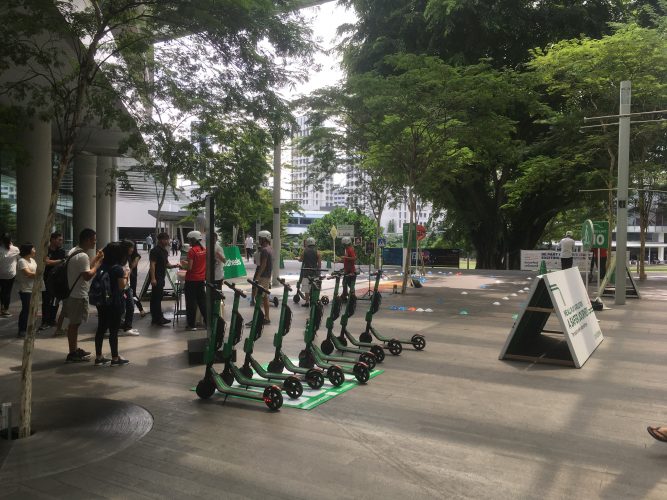
Résumé
Coming from a democratic European background, the situation in Singapore made me feel extremely uneasy in the first weeks. Reflecting on all I’ve seen and experienced of Singapore, I now wonder: Do we have the right to judge Singapore’s political system and mode of governance? As one lecturer during our summer school has expressed it: In Singapore, there seems to be an unwritten social contract between the population and the government: We (the people) give up part of our freedom, and in exchange you (the government) guarantee our high level of stability and welfare. Are we as Europeans in a position to judge this as “morally wrong”? Or is it just “wrong” compared to our European understanding of freedom and democracy? Looking at Singapore’s development over the past 50 years and at its (economic) success today, I wonder whether condemning Singapore too quickly by comparing it to the Western “gold standard” might actually deprive us from entering into an exchange at eye’s level, where both sides can learn from each other. Or, to close with the words of Rem Koolhaas:
»The next round of East-West tension will be fought over this question: whether democracy promotes or erodes social stability; whether free speech is worth the cultural trash it also produces; whether the health of a collective matters more than the unfettered freedom of the individual.«
Rem Koolhaas
